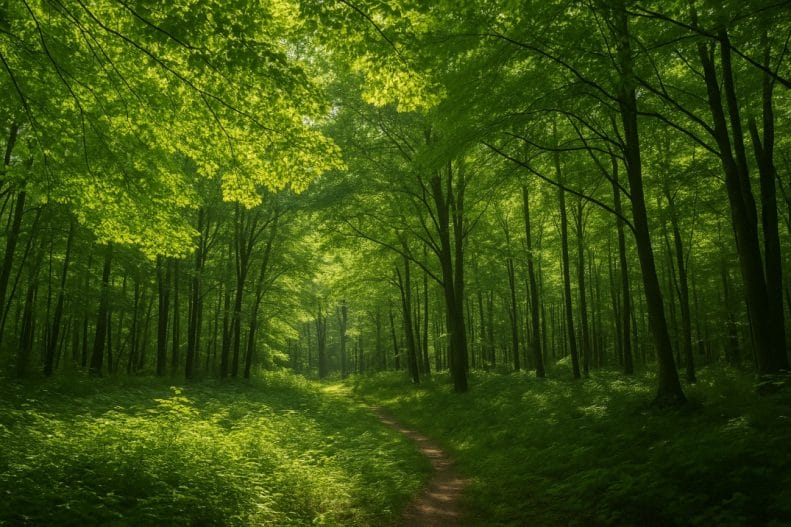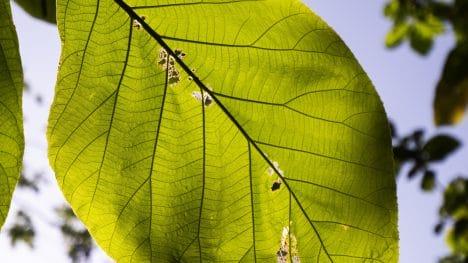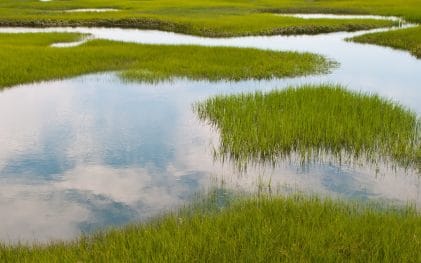Latest menus
CI‑110 Plant Canopy Imager vs Drone‑Based LAI Measurements: Which gives you more for your money?
A plant canopy imager has become a core tool for crop scientists who want quick, reliable leaf area index (LAI) measurements in the field. Many research teams now debate whether handheld canopy instruments or drone-based LAI models offer better value. Both approaches collect important canopy structure data, but they differ in cost, accuracy, workflow, and… Continue reading…

Additional reading
What Are the Causes Behind Global Plant Transpiration Trends?
An increase in the rate of transpiration is observed over approximately 70% of the global land surface. The hike in transpiration over the past four decades is due to greener landscapes. The increase in greenery is attributed to a higher Leaf Area Index, driven by carbon fertilization and higher global temperatures. Lower stomatal conductance, due… Continue reading…
What is Root Architecture?
The root system architecture is defined using root morphological, topological, and geometric parameters. Two classification systems developed by Yen et al. (1987) and Fitter et al. (1991) are widely used. Several other classifications for root architecture also exist. Root system forms vary between and within species and are based on the plant’s soil conditions at… Continue reading…
How Does Canopy Cover in Deserts Impact Soil, Biodiversity, and Urban Climates?
Vegetation in deserts is patchy and acts as islands of resources. Plant canopy can increase soil fertility, moisture, and microbial diversity. The tree canopy has several benefits for urban settlements in deserts, such as reducing temperatures, air pollutants, and carbon emissions. Deserts make up 33% of terrestrial ecosystems and are present on nearly every continent. They… Continue reading…
The Root Report
We’re excited to share the latest edition of the Root Report — The guide to recent breakthroughs in root science and its real-world applications. This report compiles the latest research on how plant roots impact ecosystems, agricultural systems, and even methane emissions in peatlands. It also highlights innovative technologies, like in-situ root imaging tools, that… Continue reading…
What Is Transpiration Efficiency and Why Does It Matter for Drought-Resistant Farming?
Transpiration efficiency is emerging as a crucial crop parameter to improve production in water-limited conditions. Restricting transpiration by crops is a vital strategy to increase productivity using less water. External factors like VPD, soil type, and nutrient status are also necessary to increase transpiration efficiency. Society must figure out ways to grow more food for… Continue reading…
Five Ways To Increase Harvest Index
Improving the harvest index is crucial for economic and ecological reasons. The means to increase the harvest index can vary with the crops. Plant breeding is more critical for maize, while irrigation practices are vital for rice. Growth regulators that increase source activity and strengthen sinks are needed in pineapple, while growth retardants to limit… Continue reading…











